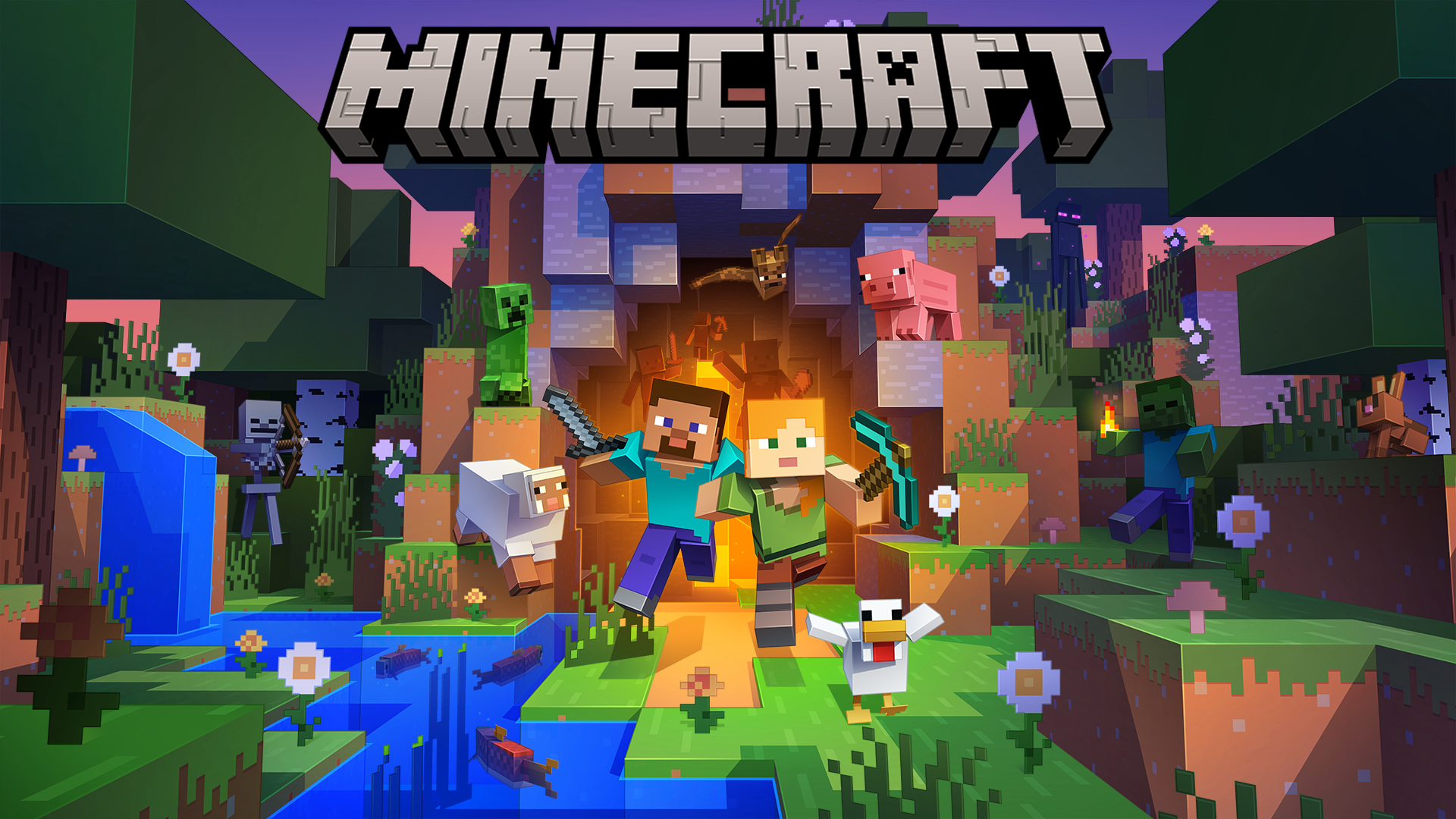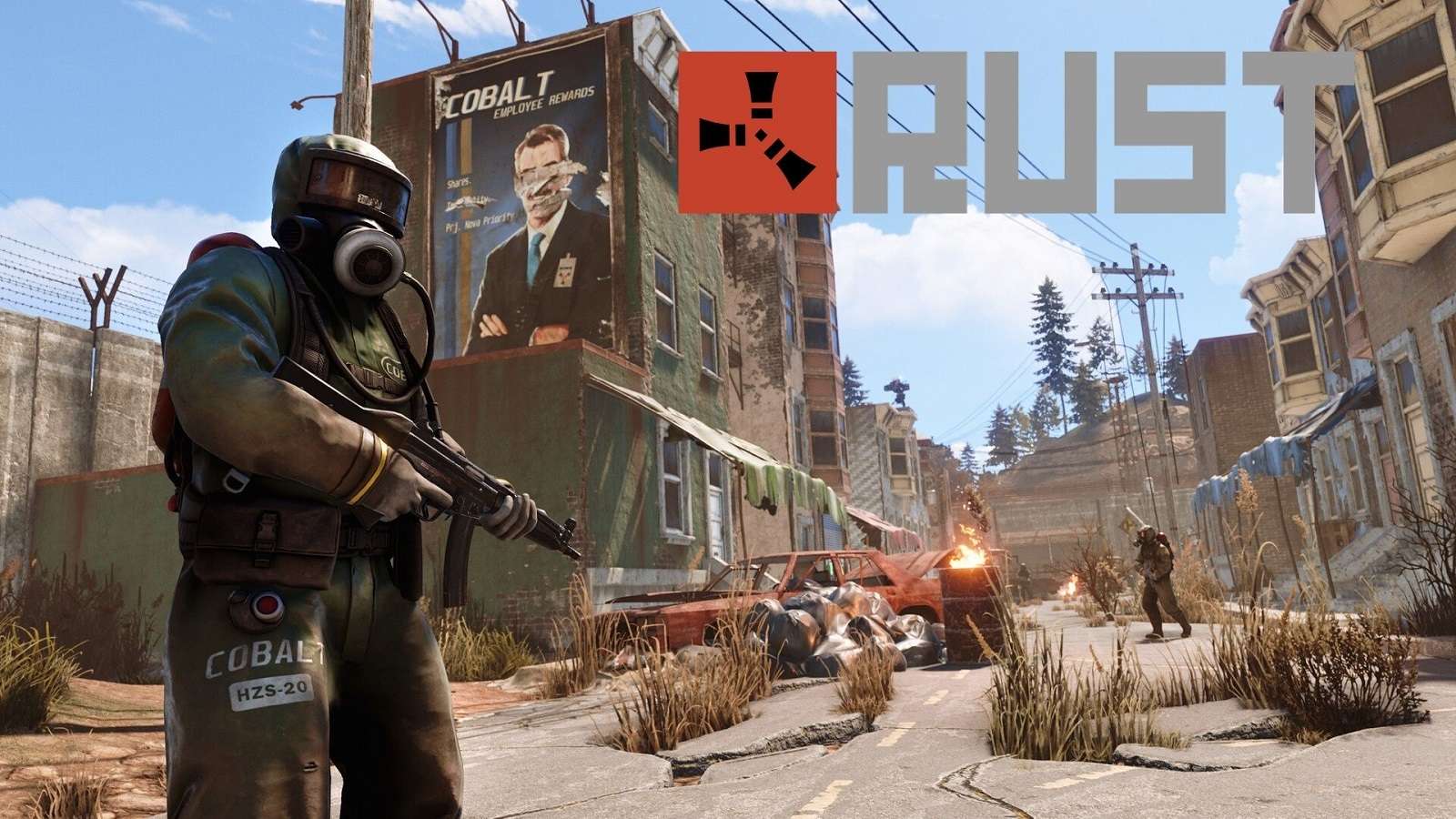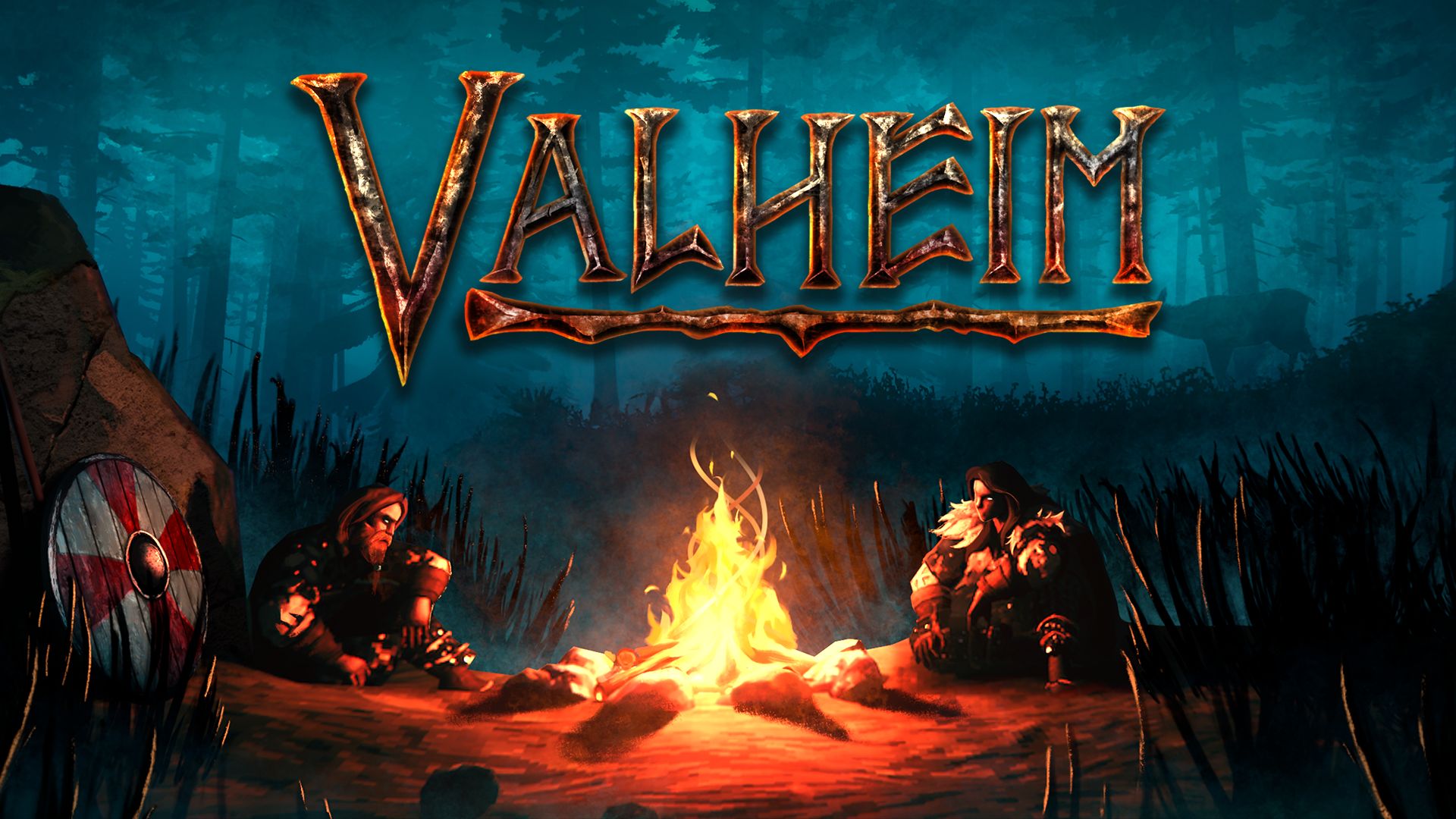10 best survival games for resource management
Last Updated on June 2, 2024 by Jhonni Jets
Survival games task players with exploring hostile environments and gathering resources to survive. These games emphasize resource management, requiring players to scavenge for food, water, building materials, and more to maintain their characters’ well-being. As players work to establish shelters and stockpiles, they must balance short-term needs against long-term sustainability.
This article profiles 10 of the best survival games focused on resource management. Each title offers a distinctive take on survival gameplay and challenges players to make the most of what they can find. From building sprawling settlements to eking out meager existences in the wilderness, these games immerse players in survival simulations driven by resource decision-making.
Table of Content
1. Don’t Starve

Don’t Starve is a survival roguelike that tasks players with surviving as long as possible in a strange, unforgiving world. As the player character Wilson, survivors must gather food, water, and materials while avoiding or battling the many threats that emerge at night. Food spoils quickly, so players need to balance hunting and gathering against storage and preservation. The game also emphasizes renewable resource management through farming, beekeeping, and other environmental interactions. Building science machines and crafting advancements require thoughtfully managing a variety of gathered resources. Don’t Starve’s challenging, intricate systems make every resource decision critical to long-term survival.
2. Minecraft

As one of the most popular survival games ever made, Minecraft exemplifies the genre’s focus on resource gathering and construction. Players start with nothing and must harvest trees, mine rocks, and find other resources to build shelters, tools, machines, and more expansive settlements. Resources renew over time, so building settlements demands efficiently organizing resource production. Players can specialize in farming, mining, lumbering, and more to establish self-sustaining civilizations. Formidable enemies also emerge at night, requiring tactical resource expenditure on defenses. Minecraft’s open-ended creative modes also let players experiment with efficient resource-harvesting systems. Overall, the game encourages critical thinking about resource flows from basic needs to grand projects.
3. Subnautica

Subnautica immerses players in an aquatic survival simulation set on an alien ocean world. Players must craft equipment and buildings after crash-landing on the planet with just a basic survival tool. Underwater, key resources include metal salvage, gel sacks, copper and titanium ore, and fish or creepvine samples for food. Players must manage an oxygen supply and craft ever-increasing habitat modules as well as vehicles for deep-sea exploration. Later gameplay emphasizes renewable energy and large-scale construction. Careful resource management allows building underwater bases that both support long-term survival and facilitate expanded exploration. Scanning fauna and flora also unlocks new blueprints, advancing resource utility over time. Subnautica demands attentive resource optimization to fully unlock its mysteries.
4. 7 Days to Die

7 Days to Die mixes survival crafting with horde-based zombie defense. Players start with basic tools and must gather resources like plants, minerals, and animal parts to craft weapons, buildings, and vehicles. Carefully managed resource stockpiles prove crucial for withstanding weekly undead sieges. The game also simulates nutrition and character skill growth, requiring attention to a balanced resource diet. Players can choose to focus on short-term defense with rapid resource expenditure or take a slower, more renewable approach. Scavenging abandoned buildings provides valuable buried caches but grows more dangerous over time. 7 Days to Die compels strategic resource budgeting and infrastructure planning against its expanding threats.
5. The Forest

The Forest places survivors on a mysterious forested island after a plane crash. Players must craft tools and shelters, hunt wildlife, and harvest plant materials to sustain themselves against the island’s cannibal tribes. Food rots over time, necessitating attentive foraging and cooking. Players can opt for small, mobile camps or establish larger, more defensible settlements. Building advanced structures like raised platforms, walls, and spike traps requires meticulously managing lumber, stone, fiber, and other resources. Tactical resource use plays a key role in the Forest’s satisfying progression from basic survival to confrontation with the island’s unsettling secrets. Players must understand renewable harvesting and defensive preparation to have any hope of escaping the island.
6. Rust

Rust brings PvP survival combat to its cutthroat post-apocalyptic setting. Players start with nothing but must gather resources to craft weapons, building materials, clothing, and advanced technologies in order to prosper. Abundant trees, nodes, and animals provide raw materials, but players must manage inventory space amid constant threat. Strategic resource expenditure becomes key to standing defenses against raids while allowing expanded harvesting operations. Players can automate resource production through mines, quarries, and other infrastructure but must protect precious stockpiles and machines. Coordinating multiplayer clan resource allocation and defense takes communication and leadership. By rewarding efficient, long-term resource use, Rust compellingly simulates the challenges of survival in a hostile anarchic wasteland.
7. ARK: Survival Evolved

ARK immerses players in a vibrant prehistoric landscape full of dinosaurs and primeval dangers. Players start as basic cavemen and must harvest resources to craft weaponry, structures, saddles, and more advanced technologies to thrive among ARK’s ecological systems. Resources include berries, meat, wood, stone, and rare crafting materials. Hunting massive creatures provides prime loot but risks life and limb. Carefully managing weight and inventory space remains crucial. ARK rewards organized resource allocation to progressively gate more powerful tools, blueprints, and even tamed mounts that further broaden resource yields. Establishing automated harvester systems requires substantial resource investment but yields exponential returns. As threats like harsh environmental effects persist,ARK continually challenges players to expand their resource footprint and command of ARK’s exotic ecosystems.
8. Valheim

Valheim thrusts players into a procedurally generated Norse purgatory. Basic survival involves crafting tools, shelter, and armor from resources like wood, stone, fiber, and animal parts dropped by boars and deer. Players progress through the game’s biomes by accessing better tools, weapons, and defenses requiring strategic resource expenditure. Advanced building draws from deep resource pools with items like fine wood, iron, and gold. Carefully organized harvesting operations and the use of carts/boats efficiently extend player range. Enemies emerge more intensely at night, compelling resource preparation for defense or raids. Valheim cleverly gates exploration and construction through its elegantly designed resource chains, keeping survival challenging throughout the Viking afterlife.
9. Green Hell

Set in the Amazon rainforest, Green Hell emphasizes meticulous survival simulation. Players struggle with thirst, hunger, fatigue, and disease while crafting tools, weapons, and shelters. Key resources include plant fibers, lianas, clay, rocks, herbs, and hunted animals/fish. But resources spoil quickly in the humid climate, demanding timely gathering, crafting, and cooking. Players must also monitor health, inventory space, and environmental protection amid jungle hazards like quicksand and parasites. Crafting expands through discovery, incentivizing thorough exploration. Green Hell thrives on thoughtful resource management against an unrelenting natural setting, immersing players in the visceral realities of wilderness survival.
10. Project Zomboid

Project Zomboid drops survivors into a zombie apocalypse simulation. Looting buildings requires managing carry weight while scavenging supplies critical for long-term survival like food, water, tools, weapons and construction materials. But resources deplete over time, leveled zones grow more dangerous, and random events demand strategic stockpiling. Players can choose between mobile scavenging or establishing anchored safehouses, balancing mobility with security. Advanced bases require diverse resources but also infrastructure like generators to deter bandits alongside zombies. Harsh weather and darkness intensify threat. Resourcefulness, preparation and community are vital to survive in Project Zomboid’s crushing world.
In conclusion, survival games reward players who can creatively solve problems related to resource gathering, crafting, storage and defense. Each title offers a unique simulated environment demanding attentive management of essential resources. Whether establishing sprawling fortresses or merely enduring on a day-to-day basis, these games immerse players in challenging simulations where resourcefulness proves indispensable for long-term survival.







